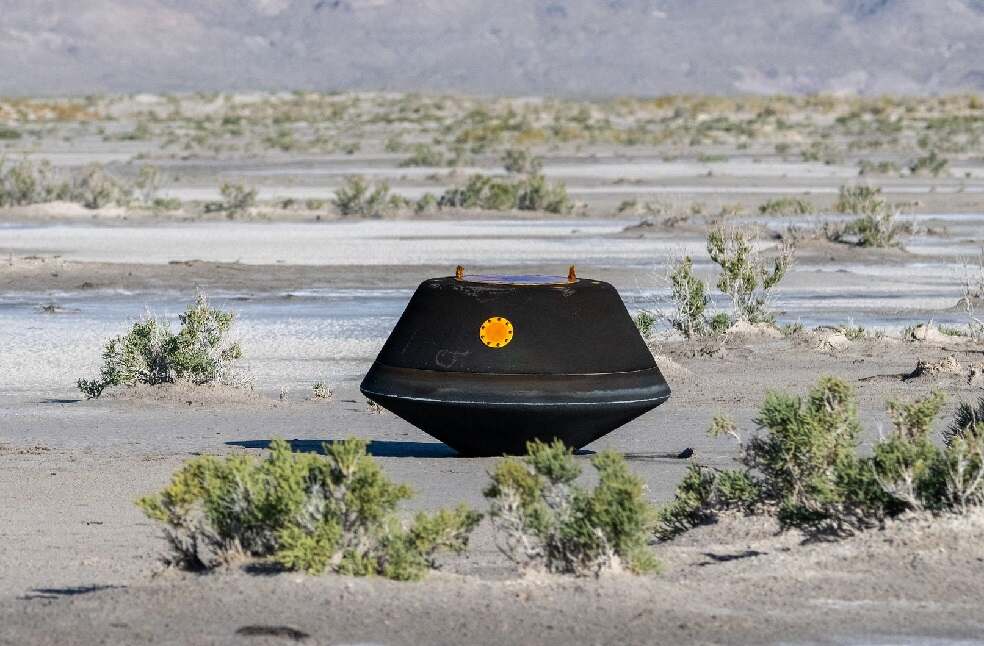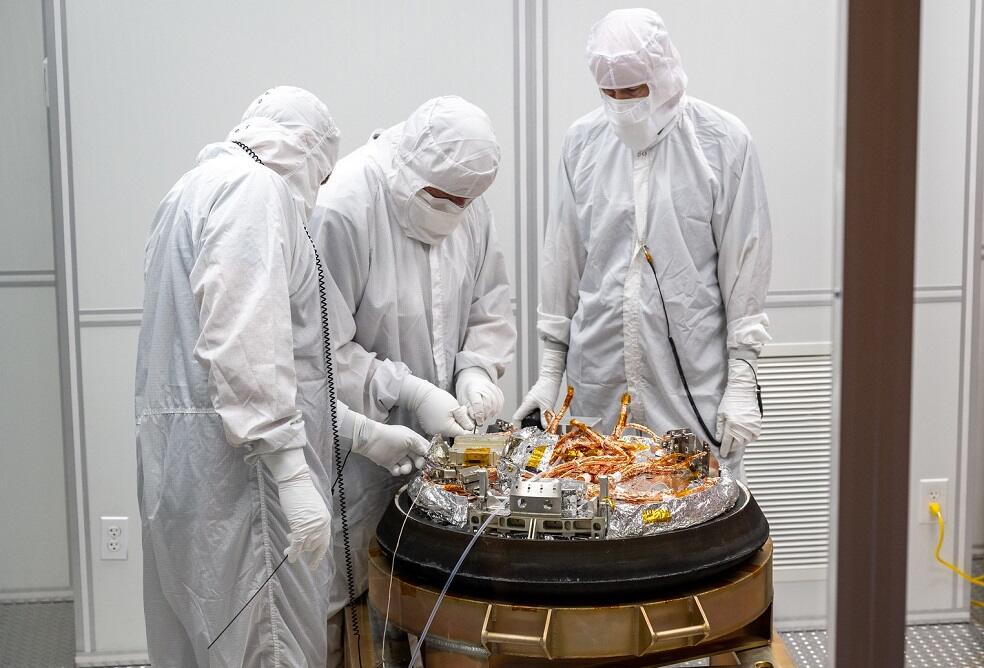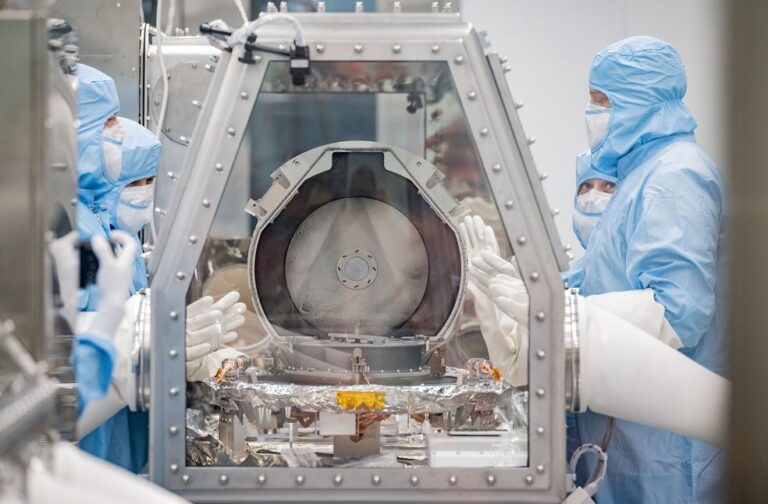United States: The United States space agency NASA has stated that scientists found “black dust and debris” from the space capsule that recently returned to Earth. The OSIRIS-REx science canister landed on Earth with the largest asteroid sample ever brought back from space.
NASA announced that researchers discovered “dust and debris on the avionics deck of the science canister when the initial lid was removed today.”
The space agency did not specify whether the materials discovered definitely belonged to the asteroid. NASA said on social media that “scientists gasped as the lid was lifted from the OSIRIS-REx asteroid sample return canister.”

“A scientific treasure box,” NASA Astromaterials said in a social media post. “Dark powder and sand-sized particles” were found on “the inside of the lid and base,” the space agency noted.
The residue on the avionics deck was likely a result of issues during the collection phase of the space mission, which were eventually solved, allowing for the secure transfer of the sample from the asteroid to the probe’s storage canister. The probe’s lid was opened in an airtight chamber at the Johnson Space Center in Houston, Texas.
“The aluminum lid was removed inside a glovebox designed to enable working with the large piece of hardware,” NASA said in the statement, accompanied by images shared on social media showing scientists in full protective wear working with the probe sitting inside a reinforced glass and steel box.
“NASA scientists are now waiting eagerly to begin analyzing the bulk of the sample scooped from the asteroid, which will require “intricate disassembly” of the probe,” the space agency shared.

The robotic spacecraft OSIRIS-REx was launched in 2016 and collected its specimen three years ago from Bennu, a small, carbon-rich asteroid discovered in 1999. The retrieval marked only the third asteroid sample, and by far the biggest, ever returned to Earth for analysis. Landing on the asteroid, OSIRIS-REx collected roughly 250 grams of dust from its rocky surface.
The space probe ended its 6.21-billion-kilometer journey after parachuting down in the desert in the western state of Utah. NASA has scheduled a news conference for October 11, during which information about the bulk of the sample will be revealed to the public.



